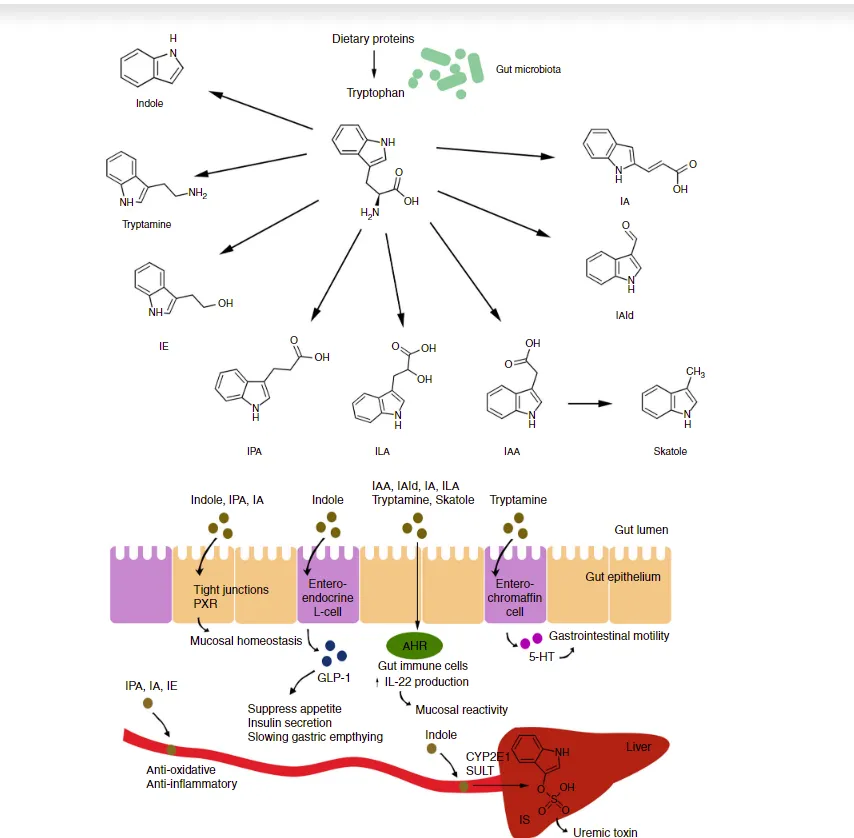Preparing For Seasonal Changes. Prevent SAD.
- Adam Rinde, ND
- Sep 4, 2019
- 4 min read
Are you feeling the seasonal change coming? I know I am. Lets get you ready to handle and prevent Seasonal Affective Disorder which may appear in just 3 or 4 weeks from now.
Seasonal Affective Disorder (SAD) is defined as recurrent depressive episodes that occur yearly in the fall and/or winter seasons and remits spontaneously in the spring.
Although this syndrome is now being fully recognized as a valid disease, the physiologic pathways are still not well understood. Several theories exist surrounding SAD. Most focus the absence of sunlight during the winter months (artificial indoor light is not a protective or therapeutic measure) causing hormonal imbalances in the brain, particularly the pineal secretion of melatonin.
Other theories focus on SAD being associated with deficiencies in serotonin synthesis which is melatonin’s close cousin in biochemical pathways.
The common unifying element is that lack of sunlight does seem to influence serotonin and melatonin regulation which in some people makes them susceptible to the symptoms of SAD. (Murray & Bongiorno, 2006)
Those of us most likely to experience SAD are: those living in temperate zones (with a lot of rainy, gray day), those with a depressive tendency, and those living far enough north to experience lengthy periods of darkness for many months of the year.
The symptoms may begin as early as autumn (October) and end when the spring sun begins to shine (April-May). Typically, if you deal with SAD you feel depressed, and generally oversleep, overeat, and crave carbohydrates in the winter. In the summer, you will feel elated, active, and energetic.
Currently there are no reliable blood tests to take to see if you have Seasonal Affect Disorder. The diagnosis is made based on the shift in moods associated with the weather. Some clinicians use the seasonal pattern questionnaire to screen for SAD. See SAD Questions .
Living in Seattle, seasonal affect disorder is quite common. I have seen even the sunniest of personalities be affected by the change in seasons we experience in the fall. There is self-help strategies that can help combat this because moving to San Diego is generally not an option for all of us!
The strategy that I see work is aimed at increasing serotonin naturally.
▪ Exercise especially outdoors. Gear up and brave the elements. Check out the North Face Venture Rain Jacket. This with a fleece vest underneath will prepare you for most northwest outdoor adventures. If you have the flexibility to do this during daylight; even better. Some amount of light exposure during the day will help regulate your serotonin/melatonin/cortisol balance ▪ Light therapy: use full-spectrum lighting (Vitalite is a popular brand) to help restore a healthy circadian rhythm. In studies, subjects are instructed to sit 3 feet away from the light from 5 AM to 8 AM and again from 5:30 PM to 8:30 PM. They were told to glance at the light at least once per minute. For these protocols , I have prescribed a product called Lite Book (http://www.litebook.com/ ) and also have directed people to Indoor Sun Shoppe in Seattle (http://indoorsun.stores.yahoo.net/) to replace the lighting in their house with full spectrum lighting. ▪ Consider taking up Hot Yoga. This form of yoga gives your body and mind a sensation that it’s just experienced a summer day. The endorphins released can carry you through the darkest of days ▪ Don’t isolate yourself. Try and have early evening activities planned whether it’s a class, get-together, or an evening home with the family. Social companionship will elevate serotonin. ▪ Eat warming foods/comfort foods. Cooking with Crock Pots, stews, spices will support your moods. Add plenty of healthy protein sources, veggies, and whole grains to the stews to make mood supportive. Incorporate specific tryptophan rich foods to help support serotonin: This includes pumpkin, pumpkin seed, mustard greens, cold water fish, eggs, and broccoli. ▪ Pumpkin Seed Flour Protein was something that I was introduced to a few years back. It is protein powder with some of the highest levels of tryptophan and includes all 18 essential amino acids. This is important because our mood elevating hormones are derived from protein; especially tryptophan. Check out Omega Nutrition for their Pumpkin Seed Flour Protein and begin incorporating in smoothies, homemade energy bars, and homemade healthy baked goods. http://www.omeganutrition.com ▪ Take supplements such as 5-hydroxytryptophan (5-HTP), cholicalciferol (Vitamin D3), and Methylcobalamin (B12).
A structured supplement plan will help your moods stay in balance and support the pathways in the brain that mood elevated brain chemistry. Also St. John’s Wort with 0.3% hypericin content has been shown to help SAD.
Check with your physician for proper doses and potential drug interactions with these nutrients and herbs. The pharmaceutical approved for SAD is called Bupropion which is an anti-depressant that works to sustain levels of serotonin, dopamine, and norepinephrine. Also daytime support of catecholamine-supportive herbs such as ashwagandha, glycyrrhiza, and ginseng may be helpful in supporting the adrenal gland with normal productions of norepinephrine and epinephrine. (Miller, 2005)
It can be quite a “long” winter if struggling through with depression. It doesn’t necessarily have to be this way. Utilize some of these tips to develop a strategy to combat the effects of the dark months.



